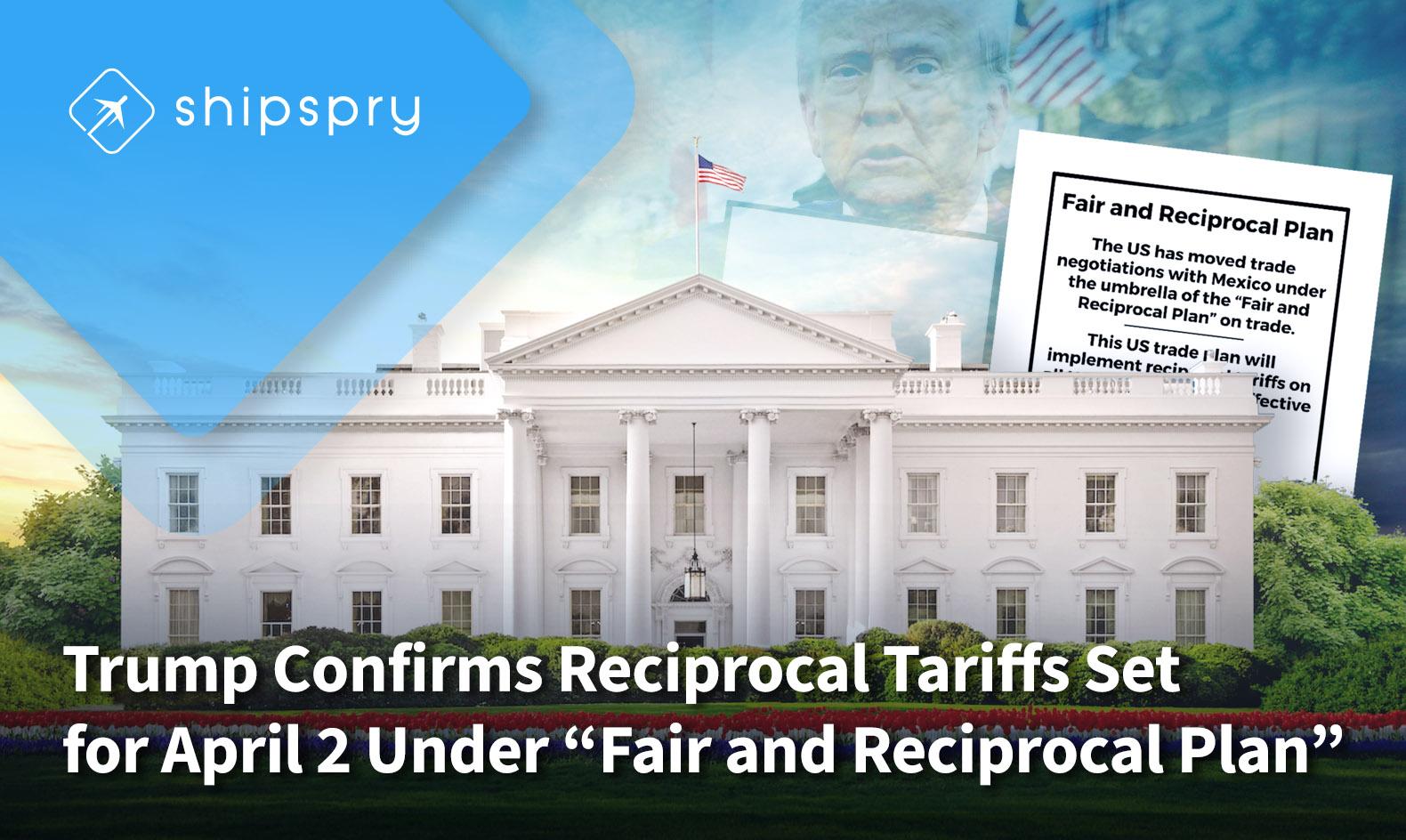A Commitment to Fair Trade President Donald J. Trump has announced the “Fair and Reciprocal Plan,” a strategic initiative aimed at restoring balance and fairness to U.S. trade relationships. This plan is designed to counter non-reciprocal trading arrangements that have disadvantaged American industries and workers for decades. By implementing reciprocal tariffs, the United States seeks to ensure fairness, improve global competitiveness, reduce trade deficits, and enhance economic and national security.
Historically, the United States has maintained one of the world’s most open economies, yet many trading partners impose restrictive barriers on U.S. exports. These imbalances contribute to a persistent and growing trade deficit, which in 2024 exceeded $1 trillion in goods alone. The U.S. has also faced a growing agricultural trade deficit, which reached $40 billion in 2024 due to non-reciprocal market access.
Examples of Trade Imbalances
Several instances highlight the inequities in current trade policies:
1. The U.S. imposes a 2.5% tariff on ethanol imports, while Brazil levies an 18% tariff on U.S. ethanol exports, leading to a trade imbalance of over $150 million.
2. India’s average Most Favored Nation (MFN) tariff on agricultural goods is 39%, compared to the U.S. average of 5%. India also imposes a 100% tariff on American motorcycles, whereas Indian motorcycles face only a 2.4% U.S. tariff.
3. The European Union bans shellfish imports from 48 U.S. states despite prior commitments to open their market. In 2023, the U.S. imported $274 million in shellfish from the EU but exported only $38 million.
4. The EU applies a 10% tariff on U.S. cars, while America imposes a mere 2.5% tariff on European vehicles.
5. Foreign digital service taxes unfairly target American firms, with countries like Canada and France collecting over $500 million annually from U.S. companies, amounting to a $2 billion burden on American businesses.
April 2 Tariff Implementation
The White House has confirmed that the new reciprocal tariff system will take effect on April 2, despite speculation of potential delays. Treasury Secretary Scott Bessent suggested that trading partners would have an opportunity to negotiate reductions in their trade barriers to avoid these tariffs. However, a White House official clarified that unless trading partners equalize or lower their barriers before April 2, the new tariffs will be enforced.
On the designated date, each country will receive a tariff rate assessment based on factors such as existing tariff levels, non-tariff barriers, currency manipulation, and labor practices. Bessent explained that while some countries may face minimal adjustments, others could see significantly higher tariffs if they do not make necessary policy changes.
The plan is being refined by the U.S. Trade Representative (USTR) Jamieson Greer and his 200-member staff. Vice President JD Vance has also taken an active role in discussions. The challenge lies in calculating fair reciprocal rates for each of the 186 World Customs Organization members, considering both explicit tariffs and hidden barriers.
International Reactions and Negotiations
As the deadline approaches, affected countries are beginning to respond. India, often cited for its high tariff rates, has started negotiations to resolve disputes and work toward a bilateral trade agreement, aiming for $500 billion in two-way trade by 2030.
Similarly, British Business and Trade Minister Jonathan Reynolds recently visited Washington to discuss a potential technology-focused trade deal with the U.S. Meanwhile, European countries face pressure over their 10% car tariff, significantly higher than the U.S.’s 2.5% rate for passenger vehicles but still lower than the 25% U.S. tariff on pickup trucks.
The Trump administration is particularly focused on the 15 countries with the highest tariffs and significant trade volumes with the U.S., known internally as the “Dirty 15.” These nations not only impose high tariffs but also enforce restrictive regulations on U.S. products, further distorting trade fairness.

Economic Impact and Next Steps
Financial markets have shown concern over the potential economic repercussions of the new tariffs, with U.S. stock prices fluctuating as investors assess the risks of trade retaliation. Nonetheless, the administration remains steadfast in its commitment to using reciprocal tariffs as leverage to negotiate fairer trade deals. The White House anticipates that the tariff announcements will prompt countries to lower their barriers, either before the April 2 deadline or immediately afterward to avoid long-term economic disadvantages.
With the implementation of these measures, President Trump continues to deliver on his “America First” trade policy, reinforcing economic security and protecting American jobs from unfair foreign competition. Whether through direct enforcement or negotiated settlements, the administration aims to create a more balanced and equitable global trade system that prioritizes the interests of American workers and industries.
Source: Reuters.com
 March 24, 2025 - By : admin
March 24, 2025 - By : admin